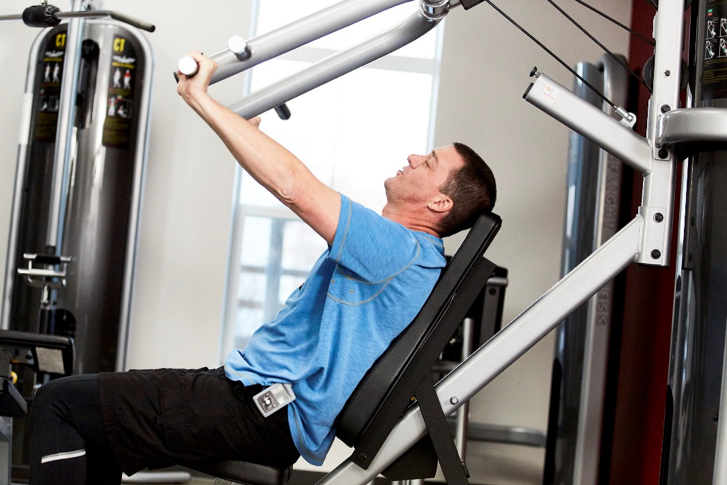Diabetes and exercise
Regular physical activity is a central aspect of managing diabetes. Whether you are an experienced athlete or new to exercise, getting your body moving can help you control your diabetes and improve your overall health.
The benefits of exercise for individuals with diabetes are many,1 including:
- Maintaining a healthy weight
- Improving your mental health
- Sleeping better
- Strengthening your memory
- Controlling your blood pressure
How exercise affects blood sugar

Exercise and physical activity impact your body’s blood sugar in several ways. Most importantly, being active increases sensitivity to insulin, which better allows your body to convert blood sugar to energy.
This boosted insulin sensitivity can last for several hours after exercising2, depending on the intensity of your workout.
It is important to closely monitor how your blood sugar reacts to exercise. If you take insulin, it is especially crucial that you check your blood sugar prior to any physical activity. If your blood sugar is below 100 mg/dL, you may want to consume 15-30 grams of carbohydrates prior to exercising. If you’re above 240 mg/dL, you could be experiencing hyperglycemia and should avoid any rigorous physical activity.
Aerobic and anaerobic exercise
If you are living with diabetes, it is helpful to understand the differences between aerobic and anaerobic exercise. Aerobic exercise, which is moderately intense physical activity, can be especially beneficial for people with diabetes. It can help you lose weight, maintain heart health, and lower your blood pressure3. It can also lower your blood sugar for up to 24 hours after a workout.
Anaerobic exercise is higher-intensity activity in which you push your physical capabilities. The main difference is that with anaerobic exercise, your muscles do not receive sufficient oxygen, which can lead to increased strength and mass. It can also cause your blood sugar to rise after an intense workout.
Aerobic and anaerobic exercises can complement one another, and some combination of the two, such as playing sports, may be beneficial for your diabetes management.
Starting a routine
When beginning any sort of workout regimen, you should speak with your healthcare professional. This is particularly true for people with diabetes, as there may be necessary precautions to take. Living with diabetes should not keep you from enjoying a healthy and active lifestyle.
Setting goals is a good way to keep yourself motivated. The American Heart Association recommends 150 minutes of exercise per week, or about 25 minutes a day. This can include anything from simply going for a walk, or playing sports. Whatever you’re doing, make sure to include some activities that work out all your major muscle groups, as this will help you achieve better results.
Finding exercises that you enjoy or working out with a friend can help you maintain a consistent routine. Start with light activity if you are new to exercise and remember that becoming more active in even small ways can help you better manage your condition.
2. Sports and Exercise: The Ultimate Challenge in Blood Sugar Control. diaTribe Learn Making Sense of Diabetes Page. https://diatribe.org/sports-and-exercise-ultimate-challenge-blood-sugar-control. Accessed 9AUG2021
3. Anaerobic Exercise and Diabetes. American Diabetes Association Page. https://www.diabetes.org/healthy-living/fitness/anaerobic-exercise-diabetes. Accessed 9AUG2021
Looking for more tips? Join the list
Subscribe to our newsletter, News to Infuse, and receive monthly diabetes tips and helpful information.